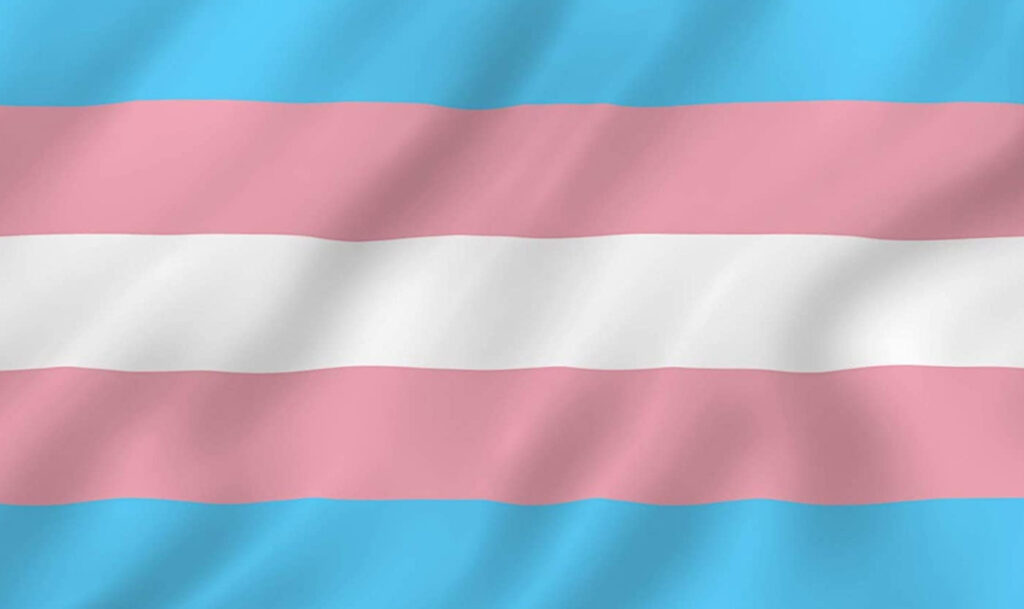What is Gender Dysphoria?
Gender dysphoria is a condition in which a person’s gender identity does not match the sex they were assigned at birth.
This can cause a person to feel distress and/or discomfort with their body and/or gender role.
As to whether or not Gender dysphoria is mental illness, it depends on who you ask.
In the UK the NHS do not recognise gender dysphoria as a mental illness and there information can be found here, but in the USA, a diagnosis is included in the Diagnostic and Statistical Manual of Mental Disorders (DSM-5 (link to Cleveland Clinic)), a manual published by the American Psychiatric Association.
Individuals with gender dysphoria may experience a range of symptoms, including:
- Experience feelings of a strong sense of identification with the opposite gender from the one they were assigned at birth
- Uncomfortable feelings regarding their bodies and/or their gender role
- Distress about their current gender identity
- Feelings or wishing to live as the gender they identify with
This type of dysphoria can be treated with a variety of methods and these include:
Social transition – Involving changing their name, change of pronouns, and changes in clothing to match their chosen gender identity.
Hormone therapy (Hormone replacement therapy) – Involving taking hormones to change their bodies. IE: feminize or masculinize. This can involve the taking Testosterone or Estrogen.
Surgery – This involves surgical procedures to alter the body to match a person’s gender identity. Cosmetic and sexual reassignment surgery.
The aim of gender dysphoria treatment is to help transgender people live a happy and fulfilling live, in the gender that they identify with.
An important note that not all transgender people experience gender dysphoria. Some transgender people may be comfortable with their bodies and gender role, even if they do not identify with the sex they were assigned at birth.
If you are experiencing gender dysphoria, it is important to seek help from a “qualified healthcare professional”, such as a GP, a private clinic or a therapist.
